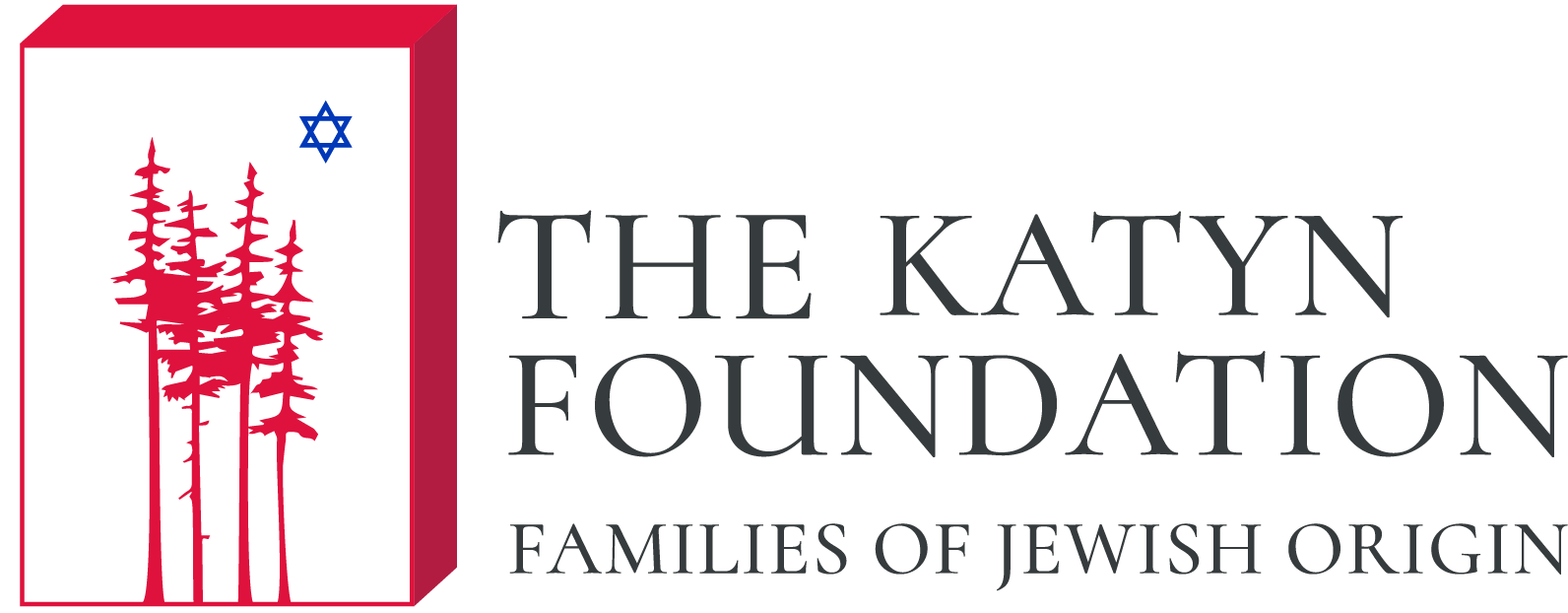Credit: United States Holocaust Memorial Museum, gift of Julien Bryan Archive
About Katyn
The Katyn Massacre was a war crime during World War II that is considered by the Polish Seym to be an instance of genocide as the Soviet decision makers sought to liquidate Polish nationals to counter a revival of the Polish nation in the future based on the intellectual potential of the victims. The NKWD shot at least 21,768 Polish citizens in spring 1940. Over 10,000 of these were officers of the Polish Army and the Polish police who were disarmed by the Red Army as prisoners of war after the Soviet invasion of Poland on 17 September 1939 and principally incarcerated in camps in Kozielsk, Ostashkov and Starobielsk.
The executions by a single shot to the head were authorised by the Politburo of the USSR in terms of a secret resolution passed on 5 March 1940. For fifty years, the USSR refused to accept responsibility for the Katyn Massacre. On 13 April 1990, it was acknowledged that the Katyn Massacre constituted one of the “heavy crimes of Stalinism.”
The victims of the Katyn massacre were buried in mass graves in Katyn near Smolensk, Mednoye near Kalinin, Pyatichatky in a suburb of Kharkov, Bykovnia near Kiev, and in the case of some 6,000-7,000 victims in other unknown locations. The shootings were carried out in strict secrecy, but as early as 1943, mass graves in Katyn near Smolensk were revealed.
